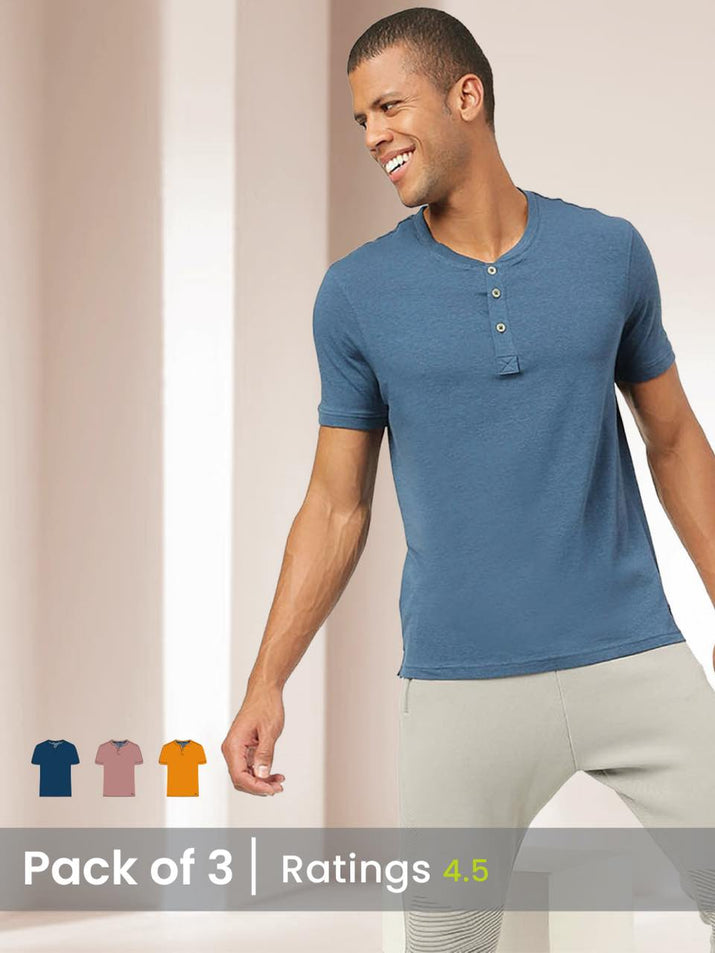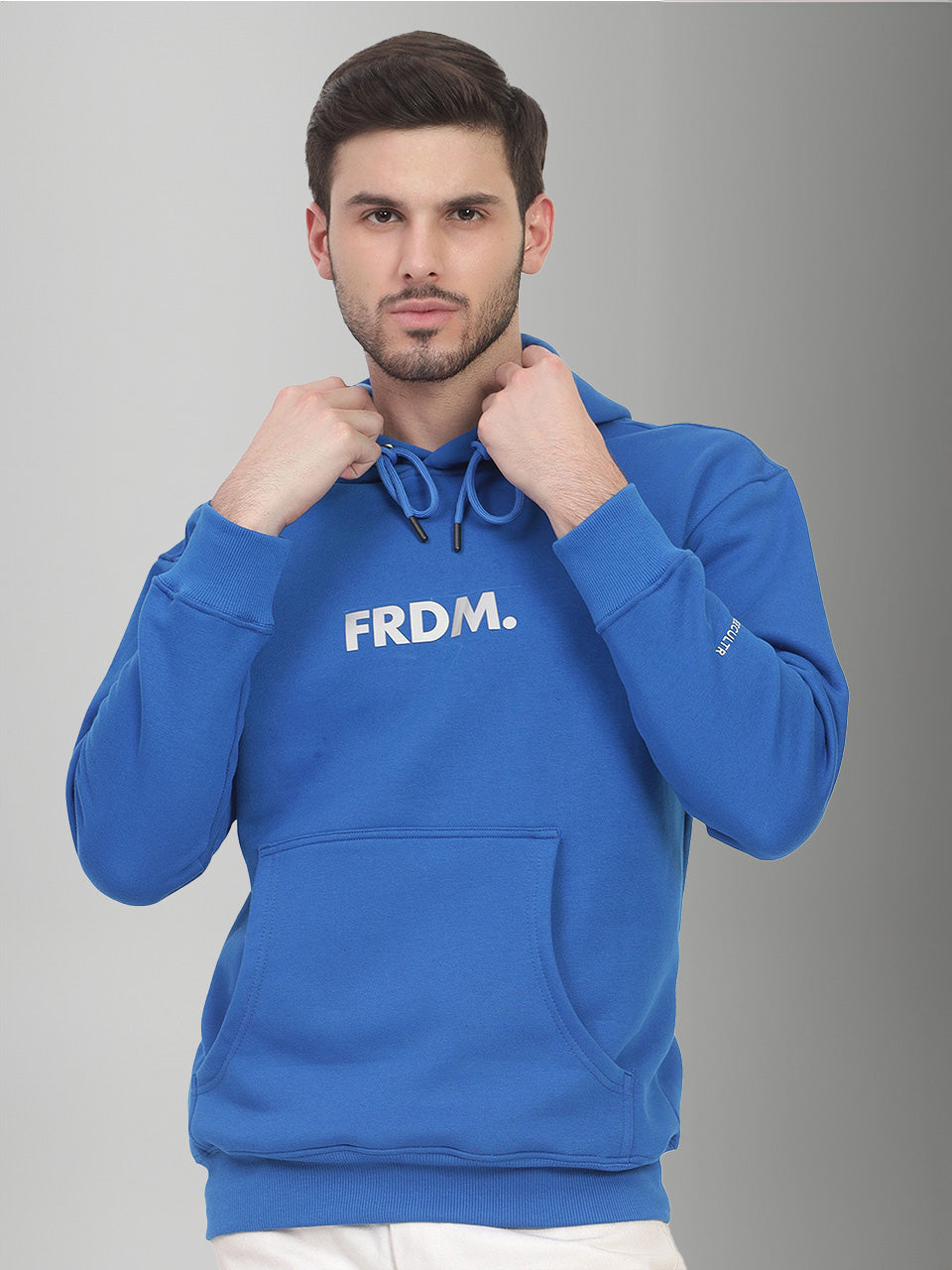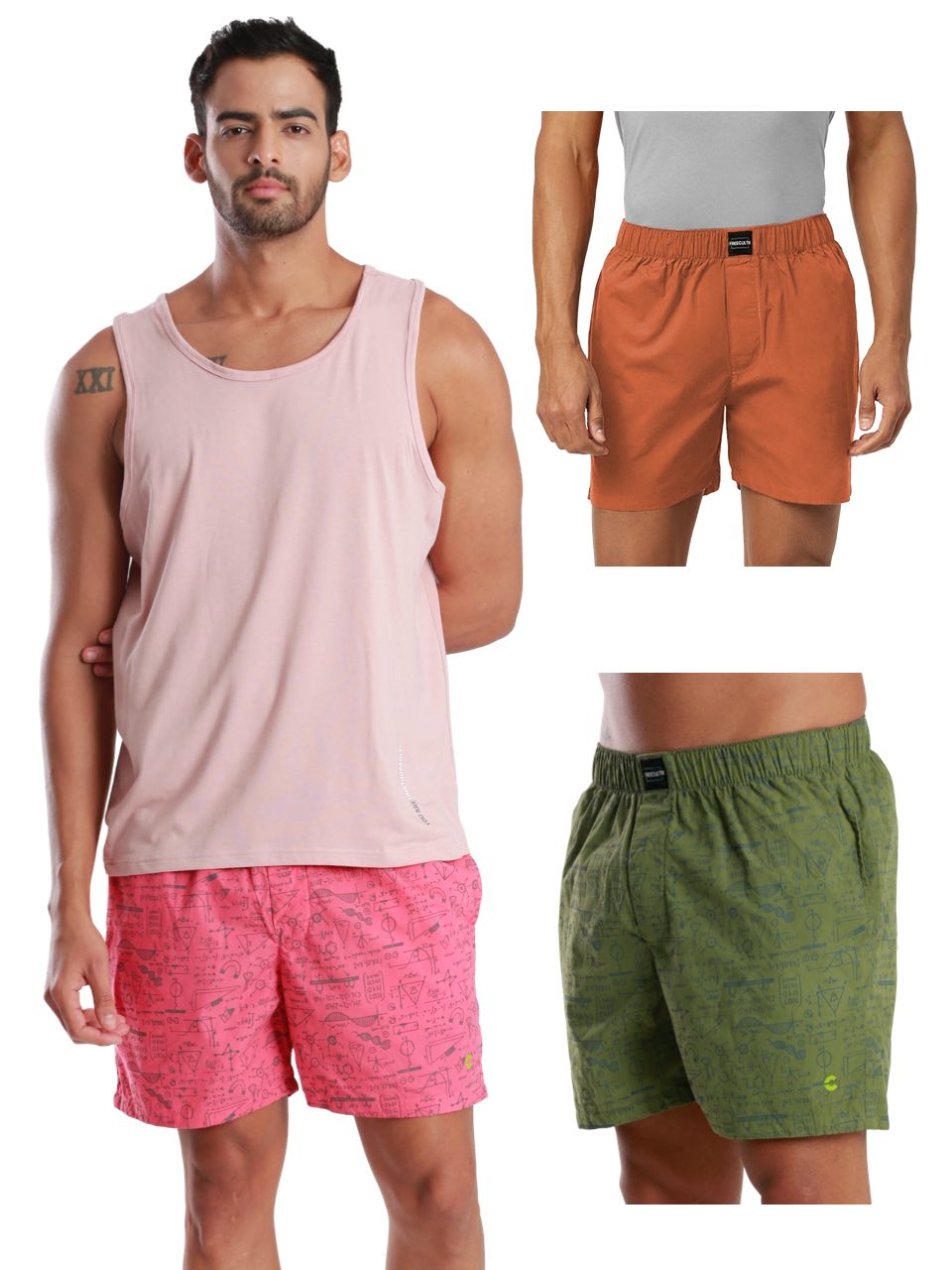Beyond mere arm coverage, sleeves fundamentally define a garment's silhouette and communicate its stylistic intent, acting as a crucial design element. Observe the dramatic volume of a contemporary puff sleeve, a key trend recently seen on runways from Copenhagen to Paris, or the precise architectural lines of a tailored bishop sleeve. Understanding the technical nuances of various sleeves, from the ergonomic comfort of a raglan to the sophisticated drape of a lantern sleeve, unlocks their transformative power. Their construction—be it a high sleeve cap or a relaxed dolman—directly influences movement, perceived shoulder width. the garment's overall aesthetic impact, making the perfect sleeve selection paramount for both fit and fashion.

More Than Just Arm Covers: Why Sleeves Matter
Hey there, fashion explorers! Ever stopped to think about your sleeves? Probably not in great detail, right? We often focus on the main body of a garment. those arm coverings, those glorious sleeves, are doing a lot more heavy lifting than you might realize. They're not just there to keep you warm or cover your arms; they're a massive part of a garment's silhouette, comfort. overall vibe. The right sleeves can elevate an outfit from 'meh' to 'marvelous,' define your personal style. even impact your comfort and freedom of movement throughout the day. From dramatic and billowy to sleek and tailored, the world of sleeves is vast and fascinating. understanding them is key to truly rocking your wardrobe.
Your Go-To Glossary of Sleeve Styles
Let's dive into the wonderful world of sleeves! Knowing the lingo is the first step to finding your perfect fit and style. Here's a rundown of some of the most common and iconic sleeves you'll encounter:
- Set-in Sleeves These are your classic, everyday sleeves. They're cut separately and sewn into a round armhole on the garment's bodice. Think of your standard t-shirt or button-down shirt. They offer a clean, structured look and are incredibly versatile.
- Raglan Sleeves Unlike set-in sleeves, raglan sleeves extend in one piece from the collar to the underarm, creating a diagonal seam across the shoulder. You'll often find these on baseball tees, activewear. cozy sweaters. They offer excellent range of motion and a more casual, sporty aesthetic.
- Kimono Sleeves Inspired by traditional Japanese kimonos, these sleeves are cut in one piece with the garment's body, creating a wide, loose. often rectangular shape. They offer a relaxed, flowing silhouette and are incredibly comfortable, often seen on flowy tops, robes. some dresses.
- Dolman Sleeves (or Batwing Sleeves) Similar to kimono sleeves in their integrated design, dolman sleeves are characterized by being very wide at the armhole and tapering dramatically towards the wrist. They create a batwing-like shape under the arm, offering a relaxed fit and a dramatic, often retro, flair.
- Puff Sleeves Oh, the drama! Puff sleeves are gathered at the shoulder, the cuff, or both, creating a voluminous, rounded shape. They can range from subtle puffs on a blouse to exaggerated, statement-making sleeves on dresses. They add a touch of romance, whimsy. often a playful, feminine touch.
- Bishop Sleeves These sleeves are full and voluminous through the arm, gathering into a fitted cuff at the wrist. They create a graceful, billowy effect, reminiscent of medieval or Renaissance attire. are often seen on blouses, dresses. some bohemian styles.
- Bell Sleeves True to their name, bell sleeves are fitted through the top of the arm and then flare out dramatically from the elbow or forearm, resembling a bell shape. They add a bohemian, romantic, or retro vibe to an outfit.
- Cap Sleeves These are very short sleeves that just cover the top of the shoulder, without extending much down the arm. They offer minimal coverage and are great for warmer weather or for adding a delicate touch to a sleeveless garment.
- Three-Quarter Sleeves As the name suggests, these sleeves typically end somewhere between the elbow and the wrist. They're incredibly versatile, flattering. perfect for transitional weather or showcasing bracelets.
- Long Sleeves The classic full-length sleeve, extending to the wrist. These can be fitted, loose, straight, or tapered. are a staple for warmth, modesty. classic style.
The Art of the Perfect Fit: Getting Your Sleeves Just Right
Understanding sleeve styles is just the beginning; ensuring your sleeves fit perfectly is where the real magic happens. A well-fitting sleeve can make an inexpensive garment look high-end, while ill-fitting sleeves can ruin an otherwise perfect outfit. Here’s what to look for when assessing the fit of any sleeves:
- Shoulder Seam Placement For set-in sleeves, the shoulder seam should ideally sit right at the edge of your natural shoulder, where your arm meets your shoulder. If it's too far in, the garment will feel tight and restrict movement; too far out. it will look oversized and sloppy. Raglan and kimono sleeves don't have this seam, offering a more relaxed shoulder line.
- Armhole Comfort The armhole should feel comfortable and allow for full range of motion without digging into your underarm or pulling across your chest. A good armhole fit means you can lift your arms, reach. move freely.
- Length
- Long Sleeves For most long sleeves, the cuff should comfortably reach your wrist bone when your arm is straight. If it's too long, it can look messy; too short. it can feel awkward.
- Three-Quarter Sleeves These should fall gracefully somewhere between your elbow and wrist, typically revealing a bit of forearm.
- Cap Sleeves These should just cover the top of your shoulder cap.
- Circumference (Width) The sleeve should fit comfortably around your arm. It shouldn't be so tight that it restricts blood flow or creates unflattering creases, nor so loose that it sags excessively (unless that's the intended style, like a dolman sleeve). You should be able to pinch about an inch of fabric around your bicep when the sleeve is on.
- Movement This is crucial! Can you move your arms freely? Can you reach overhead without the entire garment lifting uncomfortably? Good sleeve fit allows for natural, uninhibited movement.
Sleeve Style Guide: Dressing for Your Vibe, Occasion. Body Shape
Now that you know your sleeve types and how they should fit, let's talk about how to choose the right sleeves to match your mood, the event. even flatter your unique body shape. Sleeves are powerful style tools!
- For the Occasion
- Formal/Professional Generally, structured sleeves like classic set-in long sleeves or three-quarter sleeves are your best bet. Think crisp button-downs, tailored blazers, or elegant evening gowns with sleek sleeves. Bishop sleeves can also add a touch of sophisticated drama.
- Casual/Everyday This is where you have the most freedom! Raglan sleeves are great for activewear and laid-back looks. Cap sleeves and short sleeves are perfect for warm weather. Dolman and kimono sleeves offer a relaxed, comfortable vibe for lounging or casual outings.
- Party/Statement This is where puff sleeves, bell sleeves. exaggerated bishop sleeves truly shine! They add flair, fun. a memorable silhouette perfect for making an entrance.
- For the Season
- Warm Weather Opt for cap sleeves, short sleeves, or light, airy kimono or dolman sleeves in breathable fabrics like linen or cotton.
- Cooler Weather Long sleeves, three-quarter sleeves, or even layered sleeves (like a long-sleeve tee under a short-sleeve dress) provide warmth. Sleeves in thicker fabrics like wool or knitwear are ideal.
- For Your Body Shape Sleeves can wonderfully balance proportions and highlight your best features.
- To Broaden Shoulders (e. g. , pear shape) Voluminous sleeves like puff sleeves, bishop sleeves, or even wide bell sleeves can add width to your upper body, creating a more balanced silhouette.
- To Soften Broad Shoulders (e. g. , inverted triangle shape) Raglan sleeves or simple set-in sleeves with minimal padding can create a softer shoulder line. Avoid excessive volume at the shoulder.
- To Add Volume to the Upper Body (e. g. , slim or athletic build) Any sleeve with added volume – puff, bishop, dolman, or bell – can create the illusion of curves and add visual interest to your upper half.
- To Elongate Arms Three-quarter sleeves can be very flattering as they draw attention to the slimmest part of the arm and wrist.
- For General Flattery Classic set-in sleeves are universally flattering. For a relaxed yet stylish look, dolman and kimono sleeves work well on many body types due to their forgiving fit.
Sleeve Showdown: A Quick Comparison of Popular Styles
Sometimes, understanding the nuances between similar sleeve types can be tricky. Let’s put a couple of popular pairings head-to-head to highlight their key differences and ideal uses.
| Feature | Set-in Sleeves | Raglan Sleeves |
|---|---|---|
| Seam Line | Circular seam around the natural shoulder joint. | Diagonal seam extending from the neckline to the underarm. |
| Aesthetic | Structured, classic, tailored, formal. | Casual, sporty, relaxed, modern. |
| Shoulder Fit | Defined, often precise at the shoulder point. | Softer, less defined shoulder, accommodates various shoulder widths. |
| Movement | Good. can feel restrictive if armhole is too tight. | Excellent range of motion, very comfortable for activewear. |
| Best For | Blazers, button-downs, structured dresses, everyday tops. | T-shirts, sweatshirts, baseball tees, activewear, comfortable knits. |
| Feature | Puff Sleeves | Bell Sleeves |
|---|---|---|
| Volume Placement | Concentrated at the shoulder and/or cuff, creating a rounded shape. | Fitted at the top, flaring out dramatically from the elbow or forearm. |
| Overall Shape | Rounded, gathered, often short or three-quarter length. | Flares outwards, resembling a bell, typically longer sleeves. |
| Vibe | Romantic, whimsical, feminine, playful, often vintage-inspired. | Bohemian, retro, dramatic, artistic, romantic. |
| Ideal Uses | Blouses, dresses, adding a sweet or bold statement. | Flowy tops, dresses, adding a touch of drama to simple outfits. |
Actionable Sleeve Hacks: From Rolling to Tailoring
Knowing your sleeves and how they fit is fantastic. what about those everyday situations? Here are some practical tips to make your sleeves work for you:
- The Art of the Roll-Up Rolling up your sleeves isn't just about cooling down; it's a style statement.
- The Master Roll (or J. Crew Roll) Unbutton the cuff and roll it up once, about twice the width of the cuff. Then, roll up the bottom of the sleeve until it meets the cuff. This creates a neat, structured roll that stays put. It's perfect for looking put-together yet relaxed.
- The Casual Roll Simply roll the cuff up a few times until it hits just below or above your elbow. This is quicker and gives a more relaxed, effortless vibe.
- The Push-Up For sleeves that are elasticated or easily scrunched, just push them up your forearm. This is great for a spontaneous, active look.
- When to Get Sleeves Tailored Don't underestimate the power of tailoring, especially for sleeves!
- Too Long If your long sleeves consistently cover your hands, a tailor can easily shorten them to the perfect length. This is a common and relatively inexpensive alteration that makes a huge difference.
- Too Wide If your sleeves are too baggy or voluminous for your liking (and it's not the intended style), a tailor can take them in for a more streamlined fit.
- Shoulder Adjustments While more complex, skilled tailors can sometimes adjust shoulder seams for a better fit, especially on set-in sleeves.
- Real-World Application I have a few button-down shirts that are otherwise perfect. the sleeves are always a couple of inches too long. A quick trip to my local tailor to get them hemmed makes them look custom-made, boosting my confidence every time I wear them. It’s a small investment for a huge style payoff.
- Caring for Delicate Sleeves Some sleeves, like those on delicate blouses or knitwear, require special care. Always check the care label! For puff or bishop sleeves made from delicate fabrics, hand washing and air drying might be necessary to maintain their shape and volume. Avoid harsh wringing or machine drying, which can distort their unique silhouette.
Conclusion
Sleeves are far more than just arm coverings; they are pivotal design elements shaping your entire look and conveying your personal style. From the sophisticated tailoring of a classic blazer sleeve, defining a 'quiet luxury' aesthetic, to the relaxed charm of a dropped-shoulder tee, each style communicates a distinct vibe. Don't just follow trends; actively consider how a dramatic bishop sleeve adds flair, or how a sleek, fitted cap sleeve can enhance athletic wear. My personal tip? Always test the garment's range of motion. I once invested in a beautiful top with voluminous puff sleeves only to find them impractical for everyday tasks, constantly snagging on doorframes! Remember, the perfect sleeve isn't just about what's currently fashionable. what truly fits your body, complements your lifestyle. offers ultimate comfort. Embrace the journey of discovery, experiment with current trends like the bold comeback of statement sleeves. trust your intuition. Your confidence, after all, is the ultimate accessory. Step out, explore. let your sleeves speak volumes about your unique style journey.More Articles
Men's T-Shirt – Classic Style & Premium SoftnessWomen's Tank Top – Stylish Layering & Cooling Comfort
Inner Wear – Ultimate Comfort & Seamless Fit
Men's T-Shirt – Everyday Comfort & Effortless Versatility
FAQs
How can I tell if a sleeve fits correctly?
The main things to check are the shoulder seam and the length. For most shirts and jackets, the shoulder seam should sit right on your natural shoulder bone. As for length, the sleeve cuff should generally end where your wrist meets your hand, allowing a bit of shirt cuff to show if you're layering. Knitwear can be slightly longer. it shouldn't completely cover your hand.
What are some popular sleeve styles I should know about?
There's a wide variety! Some common ones include: set-in sleeves (the classic, sewn into a distinct armhole), raglan sleeves (extend from the collar down to the underarm, often seen in sportswear), puff sleeves (gathered at the shoulder or cuff for a voluminous look), bell sleeves (flare out from the elbow or forearm). cap sleeves (short sleeves that just cover the shoulder). Each style creates a unique silhouette and vibe.
Do certain sleeve types flatter specific body shapes more than others?
Absolutely! It's all about balancing proportions. If you have broader shoulders, a raglan sleeve or a softer, wider sleeve like a dolman or bell sleeve can help visually soften them. For those with a smaller frame, puff sleeves or ruffles can add volume and create curves. Conversely, cap sleeves tend to emphasize the shoulder, so keep that in mind.
My sleeves feel too tight or too loose – what's the problem?
If sleeves are too tight, you'll likely feel restricted movement, especially around the bicep or shoulder. see pulling in the fabric. Too loose. they'll look baggy, slide down, or bunch up excessively. The perfect fit allows for comfortable movement without a lot of extra fabric. Sometimes it's not just the sleeve width. the armhole size that's off.
Can I get sleeves altered for a better fit?
Yes, often! Shortening sleeves is a very common and usually straightforward alteration for most garments. Lengthening is trickier and depends on whether there's enough fabric allowance in the hem. Adjusting the sleeve width or the armhole can be more complex and costly. a skilled tailor can frequently make these improvements.
How do I pick the right sleeve for different occasions or seasons?
Consider the formality, weather. overall look you're going for. More formal events typically call for tailored, set-in sleeves. Casual outings offer more flexibility, from relaxed roll-up sleeves to trendy puff or bell styles. For seasons, long sleeves are obvious for warmth. short for cooling. But also think about fabric: a light linen long sleeve can provide sun protection in summer without overheating.
What's the deal with cuff styles and why do they matter?
Cuff styles add a significant touch to the garment's overall look and formality. Common types include single cuffs (usually with one or two buttons), French cuffs (double folded back and secured with cufflinks, very formal). barrel cuffs (the most common, simple with a button closure). The choice of cuff can subtly change the garment's formality and contribute to your personal style statement.






